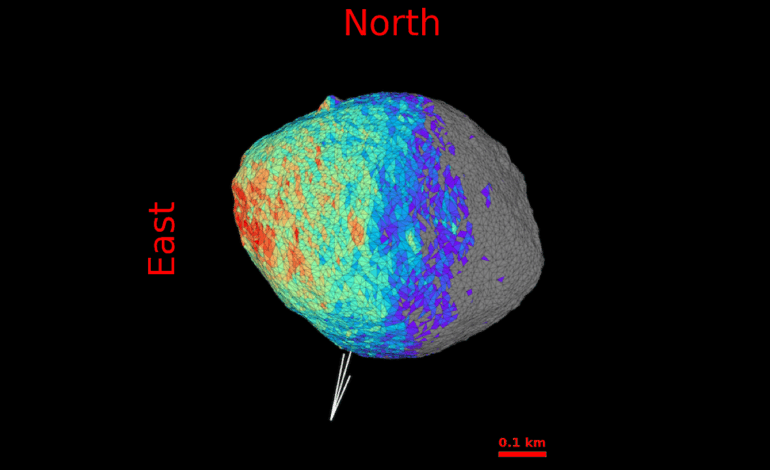New Web Tool Enhances Light Curve Simulation for Solar Bodies

A newly launched web-based application offers researchers a powerful tool for simulating and analyzing rotational light curves of small airless bodies within the Solar System. This innovative platform allows users to define specific geometrical and physical conditions, enhancing the study of celestial objects.
Developed by a team of scientists including Juan Luis Rizos and his colleagues, the application integrates both physical and empirical photometric models. Users can input customized shape models, surface properties, and viewing geometries. A significant feature of the tool is its dedicated module that computes projected silhouettes at the time of stellar occultations, facilitating direct comparisons with observed data.
Robust Validation and Functionality
The application has undergone rigorous validation using well-characterized targets such as (136108) Haumea, (101955) Bennu, and (433) Eros. Results demonstrate a high level of accuracy, with excellent agreement between synthetic and observed light curves and silhouettes. This reliability is crucial for researchers aiming to interpret photometric data accurately.
Beyond standard light curve simulations, the tool accommodates a variety of complex scenarios. It supports studies involving surface heterogeneity, non-principal axis rotation—often referred to as tumbling—and phase-angle effects. As a result, the platform is not only flexible but also accessible, catering to a wide range of scientific inquiries.
Supporting Future Research and Missions
The development team utilized Python and Django to create this versatile application. Their goal was to provide a resource that enhances ongoing observation campaigns and aids in the planning of future missions targeting small Solar System bodies.
The tool’s user-friendly interface and robust capabilities mark it as a significant advancement in the field of astrophysics. By enabling detailed simulations and analyses, it offers researchers a means to deepen their understanding of these celestial objects, contributing valuable insights that could shape future studies.
For those interested in exploring this innovative tool, further details are available through its official release, which was documented on October 3, 2025, with an updated version following on October 8, 2025. The application serves not only as a powerful resource for data interpretation but also as a stepping stone for future advancements in the study of the Solar System.






